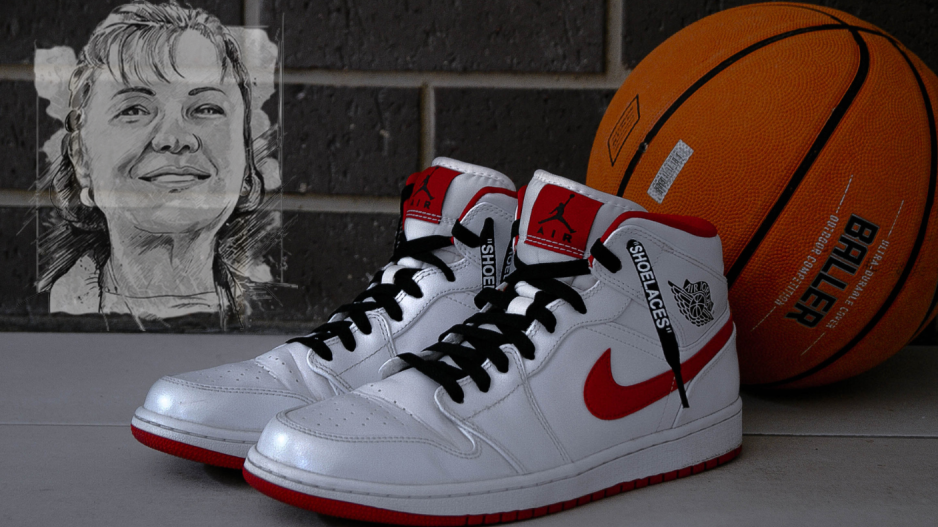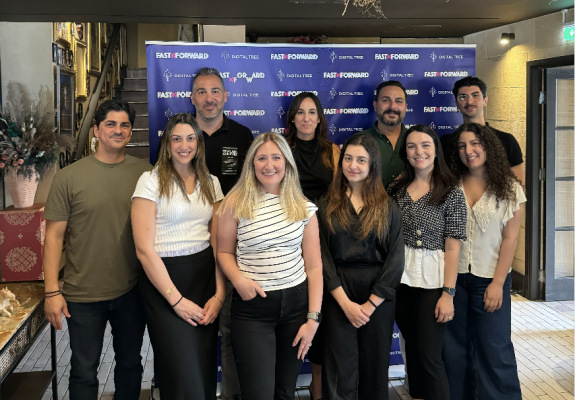What in the Swoosh?
Do you remember the feeling of getting your first pair of Nike’s? Or the feeling of getting the new SB Dunks or Air Jordans? Nike’s success may not have been as impactful without Michael Jordan setting the stage. Amazon Studio’s “Air” released in April this year, directed by Ben Affleck, takes viewers through a pivotal time in Nike. Their mission to sign Michael Jordan and have him rock the iconic Air Jordan line was a success, making it the most popular sports shoe globally.
When we think of the most prominent brands around the world, Nike is undoubtedly on the list. Not only for their motto, “Just Do It”, which has a questionable origin, but also for the sleek and elegant curved check-mark found on casual “kicks” to the highest level of athletes across sports from tennis to basketball. It is timeless, easily identifiable, and beautiful in its simplicity.
CEO and Founder of Westgarth Wines, Alexander Westgarth, stated that “do not sacrifice commerce for the sake of art. Do not let a fancy design that does not reflect your message dictate how you act. Do not let design distract consumers, in the event your logo is too difficult to decipher or too dubious to describe.” Nike’s swoosh is a testament to simplicity and delivering a message.
Creating a unique and authentic brand is critical in any industry. For Phil Knight, founder of Nike, the journey to building this distinctive company definitely had its share of struggles, but also created opportunities for people to make their mark. One person in particular, Carolyn Davidson, the creator of the profound Nike swoosh logo who later received a bountiful reward.
Carolyn Davidson was a student of graphic design at Portland State University in the 1970’s when she came across an opportunity to create a logo for Nike. The then fledgling footwear company, Blue Ribbon Sports, was looking to rebrand and needed a new logo to go with it. Knight proceeded to commission Davidson, who worked on the logo for a reported 17 hours at a rate of $2 per hour.
If you’ve done the math, and you’re shocked, you’re right to be. Knight shifted from his Blue Ribbon Sports logo that was established in 1964, to the twin-lined swoosh Nike logo with a cursive serif typeface in 1971, for just $35. But, it did not end there. She remained as a Nike employee for several years until Knight needed the assistance of prominent advertising agencies. Knight was well aware of Davidson’s valuable contributions, and in 1983, she was treated to chocolate swooshes and was given Nike stock and a gold swoosh ring.
The swoosh was initially designed to represent the motion and feeling of a runner, since Blue Ribbon Sports was focused on delivering products for runners. To keep up with competition and to stay relevant in the sports attire industry, Knight had to pivot and adjust his brand and strategy, but intended to retain the focus on running, which boomed in the 1970’s.
The swoosh was initially designed to represent the motion and feeling of a runner
In recognition of her contributions to Nike, the company awarded Carolyn Davidson stock options in 1983, which turned out to be quite valuable as Nike's success soared. With the transcript of a Nike shareholders meeting going public, it was revealed that Davidson received 500 shares of Nike stock, which she had never sold, and was reported to have made her a millionaire.
Carolyn Davidson's design has stood the test of time, and the Nike Swoosh remains one of the most recognizable logos in the world. It has become synonymous with athleticism, sportswear, and the Nike brand itself. Davidson's story serves as an inspiration to aspiring designers and demonstrates the lasting impact that a well-crafted logo can have on a brand's identity.






